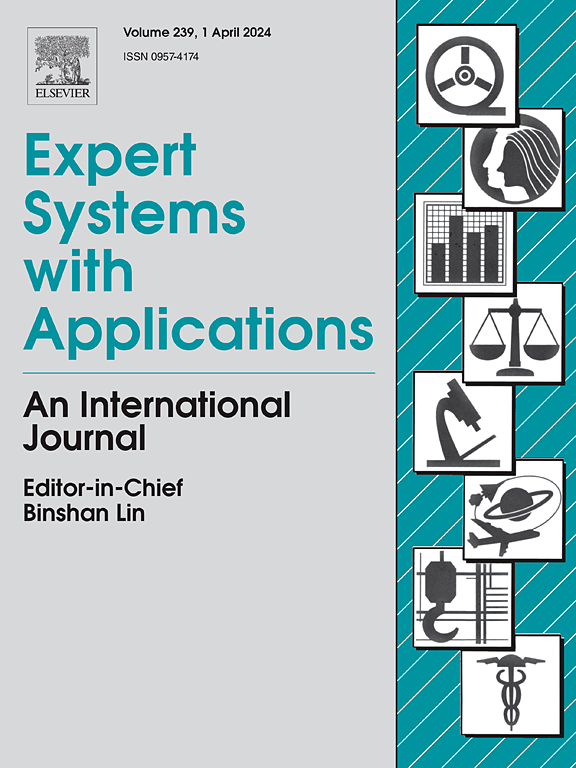Hybrid Attentive Graph Neural Networks for time series gene expression clustering
IF 7.5
1区 计算机科学
Q1 COMPUTER SCIENCE, ARTIFICIAL INTELLIGENCE
引用次数: 0
Abstract
Understanding gene expression patterns over time is crucial for unraveling the complexities of biological processes. An essential aspect of analyzing time series gene expression data involves the clustering of genes with similar responses, where the expression levels of genes are measured at specific time points. However, the main challenge in working with these time series data lies in uncovering concealed information embedded within their temporal structure. In this paper, we propose a novel Hybrid model that incorporates Attentive Graph Neural Networks, namely HAGNET, designed for clustering of time series gene expressions. In particular, HAGNET integrates both global patterns and temporal dependencies through a hybrid architecture of Graph Neural Networks (GNNs). Moreover, to account for the dynamic relationships of time series, HAGNET employs a custom temporal attention mechanism that filters each subsequent graph during the training process. The effectiveness of HAGNET is demonstrated on both synthetic and real-world biological datasets, outperforming several state-of-the-art methods. Finally, for reproduction purposes, we make the implementation of HAGNET publicly available at https://github.com/egiovanoudi/HAGNET.
求助全文
约1分钟内获得全文
求助全文
来源期刊

Expert Systems with Applications
工程技术-工程:电子与电气
CiteScore
13.80
自引率
10.60%
发文量
2045
审稿时长
8.7 months
期刊介绍:
Expert Systems With Applications is an international journal dedicated to the exchange of information on expert and intelligent systems used globally in industry, government, and universities. The journal emphasizes original papers covering the design, development, testing, implementation, and management of these systems, offering practical guidelines. It spans various sectors such as finance, engineering, marketing, law, project management, information management, medicine, and more. The journal also welcomes papers on multi-agent systems, knowledge management, neural networks, knowledge discovery, data mining, and other related areas, excluding applications to military/defense systems.
 求助内容:
求助内容: 应助结果提醒方式:
应助结果提醒方式:


